Reaching For The Clouds – A Complete Trombone Recital
£50.00 – £60.00
The Recital.
Eight brand new pieces for trombone and piano.
If I’ve had a Big Idea in the last few years, this is it. I noticed, when at student recitals, that too much of the repertoire was the same stuff I’d been playing at college 30 years ago. To gain the contrast they needed for their performance, students are still having to crowbar in the Serocki Sonatina (not that that isn’t a brilliant piece, of course), or the Casterede, the Defaye Dances, or the Hindemith Sonata.
So I decided to write an entire recital, one where the contrasts are already built-in, the different styles, moods etc, and I could tie the whole lot up musically, so that the pieces actually relate to each other, they’re in a balanced order, with recurring motifs, with a start that comes back at the end; the whole thing is like a prog rock album.
You can listen to any of it in the Virtual Venue, and all the music is available here in the Shop.
Description
Eight brand new pieces for trombone and piano
Collectively, and in this order, they form an entire recital. Below are descriptions of the 7 pieces (plus 1 encore) as separate works.
- Bombasticity.
I dallied over the title of this piece for a long time. I thought bombastic meant pure exuberance, flamboyance, and a big shout. But while all dictionary checks agreed, they came with the proviso that it was swank, overblown (!) loudmouthed-ness, Shakespeare’s
‘sound and fury signifying nothing’. No composer wants to write a piece that ultimately means nothing, and to set out to write one rather stifled the whole process. But what else to call it?
I definitely wanted a loudmouthed piece, a proclamatory and joyful piece for the audience. Perhaps ‘bombast’ wasn’t the word I was thinking of? Bravado? Bravura? Then I started shoving together words that described what I wanted, as is the way nowadays, but ended up with ‘Flambulliance’, which is plainly ludicrous.
Then what about a more literal description of the piece? This led to its nearly-title of ‘Sortie and Reflection’. That does the job. The musical sortie bursts forth, develops, then there’s a contrasting section which is a reflection, a mirror of the final phrase of the sortie music. And this could also be taken as some sort of anti-war statement: that in history people have sallied forth with spectacular offensives, only later to reflect and think ‘perhaps that wasn’t such a good idea’. Yeah man, a statement. But while ‘Sortie and Reflection’ does do the job, and has the hippie salute too, it just hasn’t got the right punch for the title of the piece I was writing.
It was only when I was explaining this problem to my wife (another fun afternoon in the pub for her) that I thought ‘so what?’ if bombastic means s. and f. signifying nothing? So what if it’s overblown or even pretentious by definition? It sounds as I want it to, and has the effect I want it to. And actually, she thought bombastic meant all the same exuberant things that I had, without its connotation of transparency, and she’s a lot cleverer than I am. Sod the OED.
So Bombasticity it is. It is a feeble, trombone-like made up word, it doesn’t say Love and Peace, and it doesn’t mean what I thought it might have done even if it was a word! But it has the hook, and if I made it up, it means what I want it to: just a bit of a swashbuckle.
- The Rocket
explores the rather outer-space-like effect of playing a trombone into a piano. With the piano lid raised and the sustain pedal down, playing a trombone, mostly loudly, into the body of the piano makes its strings resonate, and produces wonderful chords and sounds, reminiscent of alien bodies or remote atmospheres. The Rocket takes us up to stratospheric choirs and to ugly subterranean grumblings, and to sinister 1/6th-tone croaks (which confuse the piano somewhat). There are gentler tonalities and humbler chords, but all feel astral. It’s a cosmic voyage.
- Giants in the Rain.
Definitely Arvo Part-driven, this is a relentless piece set in D minor. Huge, lumbering trolls hurl boulders at each other in the mountains through a torrential downpour. The boulders and the rain are heavy, the rocks boom. The fight in the monsoon continues from start to finish, if anything becoming more and more thick and stormy right to the end.
Melodically, it’s simply a descending whole tone scale on the trombone, played twice. There’s a slip into C# minor between the two scales. Harmonically, we flit through keys relating to the notes of the trombone scale, until its final two tones, F# and E, when the rain music distorts and threatens. The trombone is the giants and the boulders, the piano is the rain. But finally the E, not having reached its final D-estination first time round, resolves, though the rain pounds harder, and the giant conflict never does give in.
- The Beautiful Ghosts
follows straight on from the relentless Giants in the Rain, and is therefore a quiet, ethereal contrast. Giants started with a long piano introduction, Ghosts has the solo trombone softly laying out the theme, a recitative-like chant based on the most recurrent motif of the recital, a 5-note snippet going up or down towards the end. The piano joins the second (now muted) version of this theme, flitting between airy wisps and lower, darker accompaniment. The ghosts always have sinister beauty.
The middle section is a duet where the two instruments ‘pop’ bubbles in the ether. The tonality becomes increasingly spectral and there are snatches of the opening bars.
Then a last version of the theme, the quietest yet, accompanied by chords reminiscent of the music Stravinsky wrote for Debussy’s funeral, the piano again floating between octaves. Despite a temporary gleam of light, the ghosts fade into the darkness.
I definitely think of these last two pieces as a brace, and very much as part-of-a-recital pieces. Without them it would be less of a whole, as all the other works, with one other recital-component exception, stand up better (than these) as solo items. But as twins they could be a single thing, displaying as they do two utterly different sides of the instrument. ‘Giants’ is for me about the very sound of a trombone, the very word. Sonorous, rich, round: all the adjectives that are used when describing the opposite of the raspy old traditional circus noise. And ‘Ghosts’ shows the other non-cliched aspect of the instrument, its great capacity for noble understatement and quiet beauty.
- Pamieci Kaz.
Pam-e-ent-see Kaz. I wanted to call this piece ‘A tribute to Serocki’, but it translates better into Polish to say Pamieci, which is closer to ‘in memory of’. Kaz is a flippant shortening of Serocki’s first name, Kazimierz. And the piece is less in memory of the composer himself than a tribute to his Sonatina for Trombone, written in 1954 and still one of the best pieces for the instrument.
To write a copy, or even a close imitation of his piece would be no tribute at all, so this is a new piece, with nods in Serocki’s direction. This piece is closest to his work in form, not content. Three short movements, with the second especially following the shape of that of the Sonatina. Those who know the original work will spot other nods, but I hope my piece stands up well enough on its own.
I can’t find any evidence that Serocki used quartertones, but I have done, in a rather restrained way, in the second movement.
- Above the Clouds.
This is a light tune. Light in style, floaty in feel, the trombone plays fairly high throughout, and is very much in the old-fashioned solo mode. Watch for the ending!
- The Return.
Or Bombasticity II, takes us back to the beginning of the recital. Genesis did an album in 1979 in which the opening returns at the end, and the way they did it always gripped me. This is a similar effort, to close this cyclic recital. So after drifting through the sky above the clouds, we sink right back to a sepulchral beat and a revisiting of the material of the opening piece (and Ghosts). This inexorably leads to the very first phrase, and a cadenza, over a hiatus in the piano part, which brings us to the final ending. It is my hope that this return ties the whole recital together like shoelaces, rounding off and finalising the performance so it becomes a single entity.
- And another thing.
Encores are too long. This one is a minute and a half but there are a lot of notes. Mostly in 5, it’s a bombastic zoom up and down various arpeggios, always tongue-in-cheek (which makes it a lot harder to play).
For use as the encore to the recital for which it was written (as is the case here), before the final manic flourish we are reminded of snippets from all of the previous pieces. This takes this piece up to a laborious 2 minutes.
Dan Jenkins, February 2018
Additional information
| Score Type | PDF Download, Physical Copy |
|---|

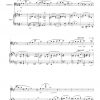
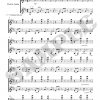
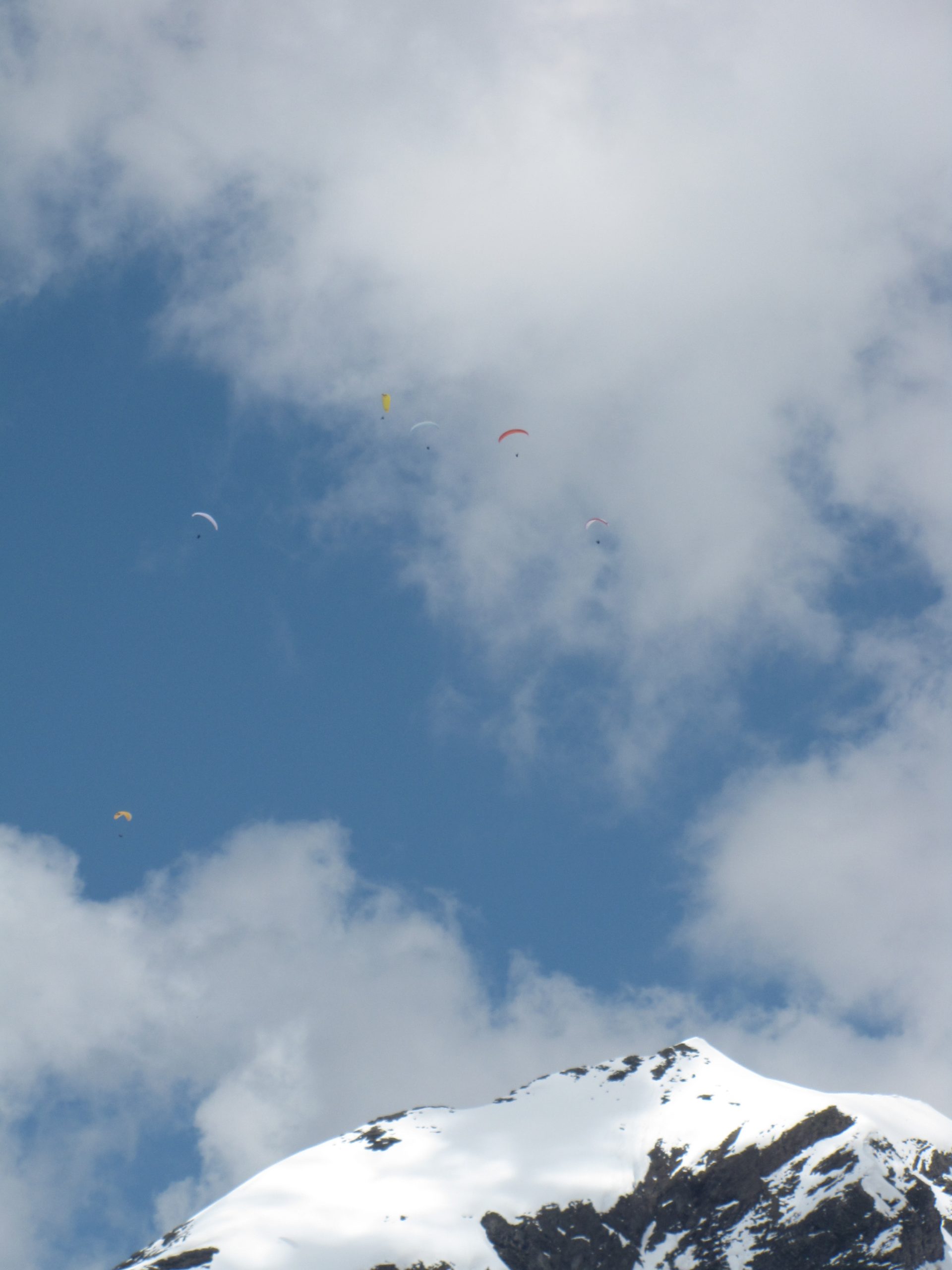
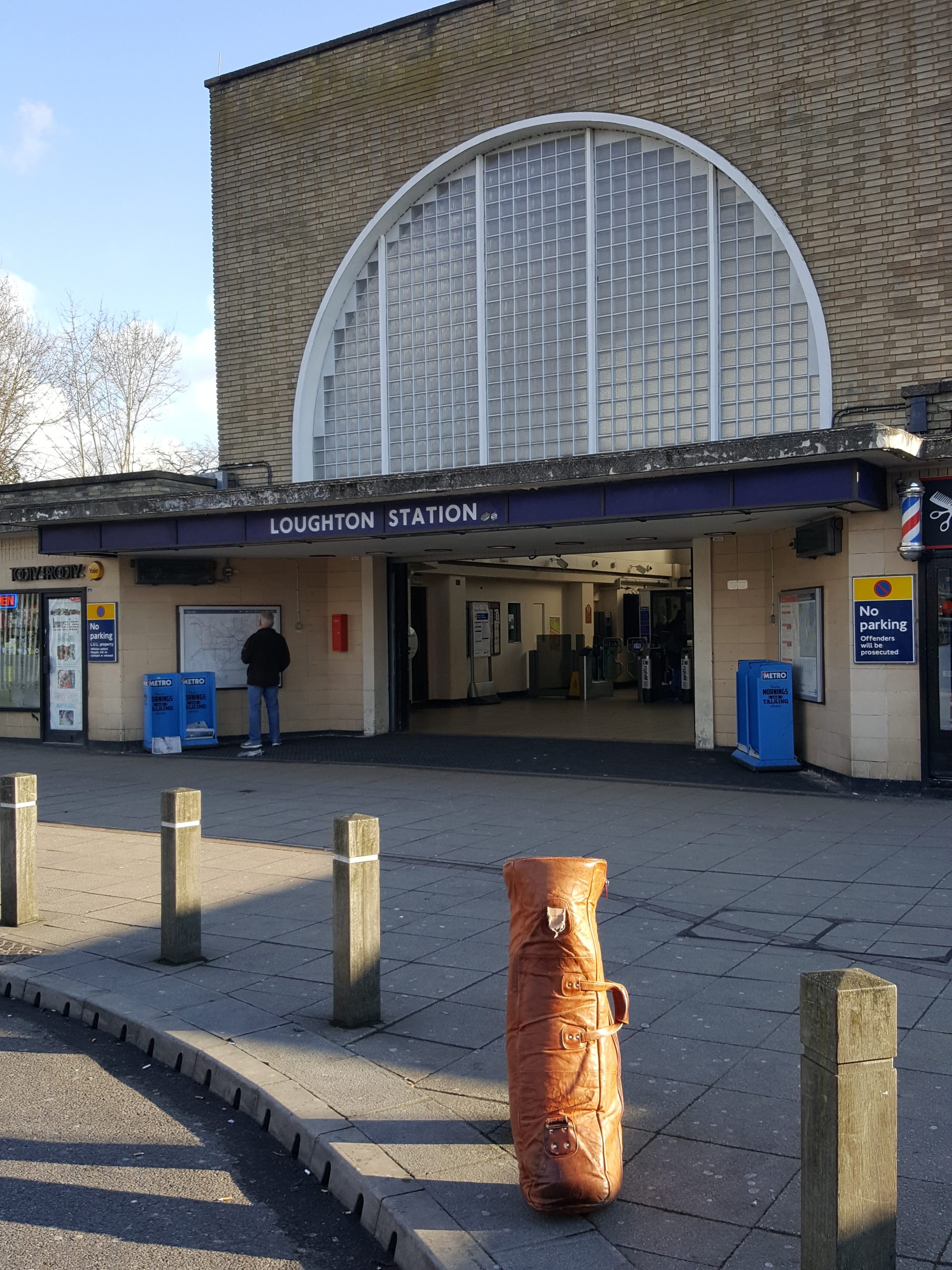
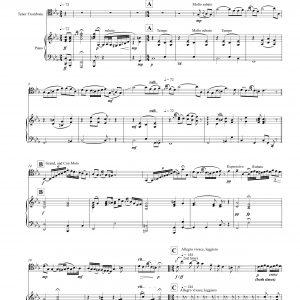

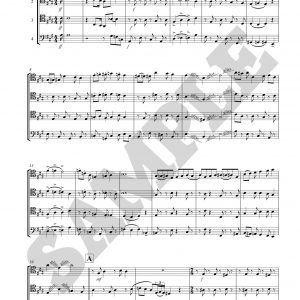
Reviews
There are no reviews yet.